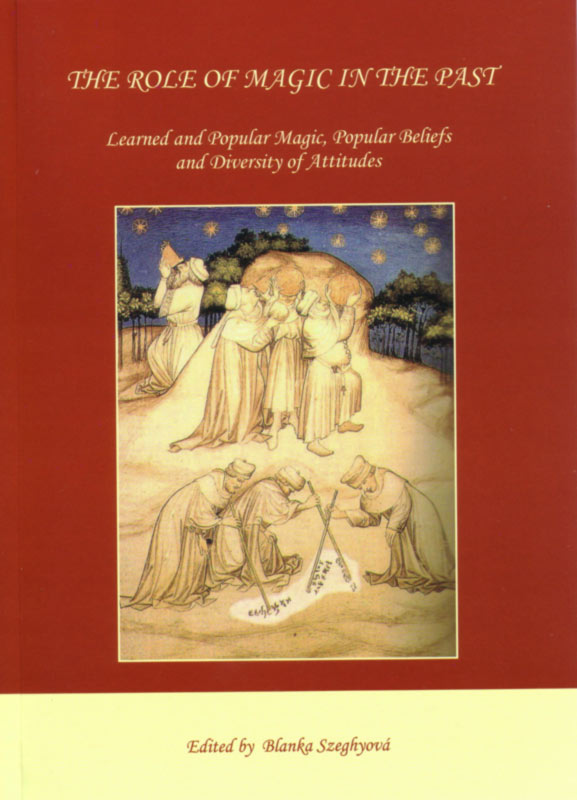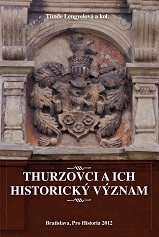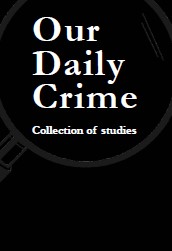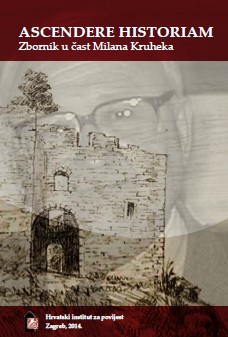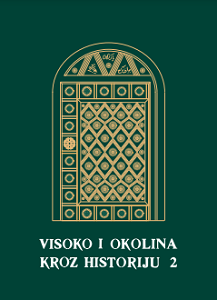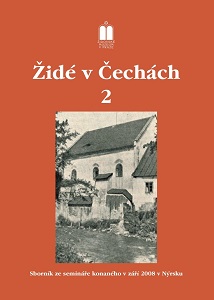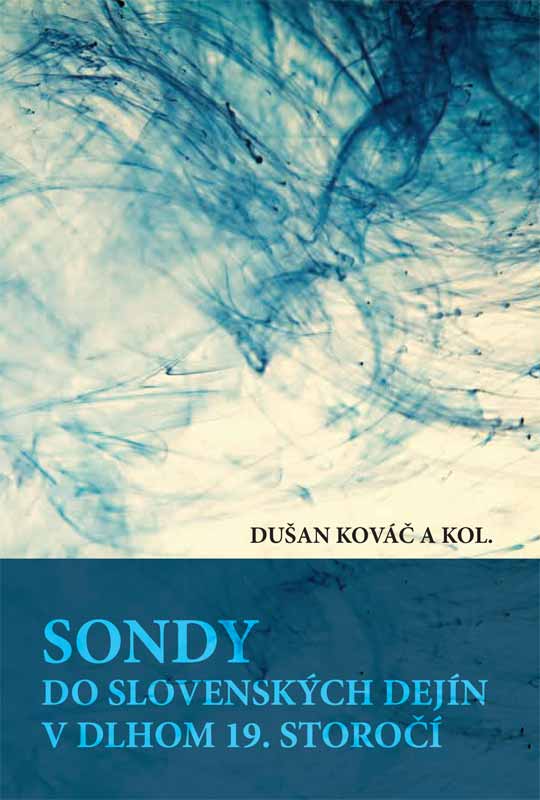
Vzťah viedenského dvora ku kláštoru sv. Alžbety v Prešporku (Bratislave)
Potridentské ženské rehole sú také náboženské spoločenstvá založené po roku 1500, ktorých regula alebo stanovy dostali defi nitívnu podobu po tridentskom koncile (1562). Začiatkom 17. storočia nastala v katolíckych krajinách západnej Európy tzv. „úžasná invázia konventov“. V priebehu troch - štyroch desaťročí vznikali v mestách malé náboženské komunity, ktoré si dávali za cieľ službu Bohu a blížnemu. Masívny prílev mladých ľudí, ktorí vstupovali do nových spoločností, sa tradične vysvetľoval spoločenskými tlakmi, túžbou uniknúť pred „zlým svetom“ a všeobecnou úzkosťou. Elisabeth Rapleyová však berie do úvahy aj entuziazmus a zmysel pre poslanie – „apoštolát“. Po celej kresťanskej Európe sa objavujú brožúry pojednávajúce o zbožnosti, ktoré sa stávali dostupnými v „dobrých“ mestských rodinách. V uliciach a na rozličných verejných priestranstvách sa prihovárali obyvateľom mesta kazatelia, ktorí ich zoznamovali s novými prejavmi zbožnosti. Rovnako v spovedniciach dochádzalo k veľkým obráteniam a prijímaniu zásadných rozhodnutí. Pierre de l‘Estoile vo svojich memoároch v roku 1606 napísal: „To nebolo predtým bežné v Paríži a kdekoľvek inde, že by synovia a dcéry z dobrých rodín – muži i ženy veľkých kvalít – opúšťali svoje domovy a vstupovali do týchto reholí.“ Nové konventy na začiatku 17. storočia menili celkový ráz miest v celej katolíckej časti Európy. V kedysi moslimskom meste Cordóba v Španielsku pribudli v priebehu 17. storočia tri mužské rehole, ktoré doplnili už sedem, existujúcich od začiatku novoveku. Vo Francúzsku hnutie nabralo také rozmery, že nárast počtu konventov vyvolával až nevôľu obyvateľov miest. Poslanci parlamentu v Rouane sa sťažovali, že „za 20-30 rokov vstúpilo do mesta toľko rozličných mníšok, že prevýšili počtom tie, ktoré tu pôsobia už roky.“ Bolo bežné, že rehole s podobnými „charizmami“ navzájom súperili o priazeň jednotlivých miest, pričom sa neštítili ani vzájomného očerňovania.
More...
